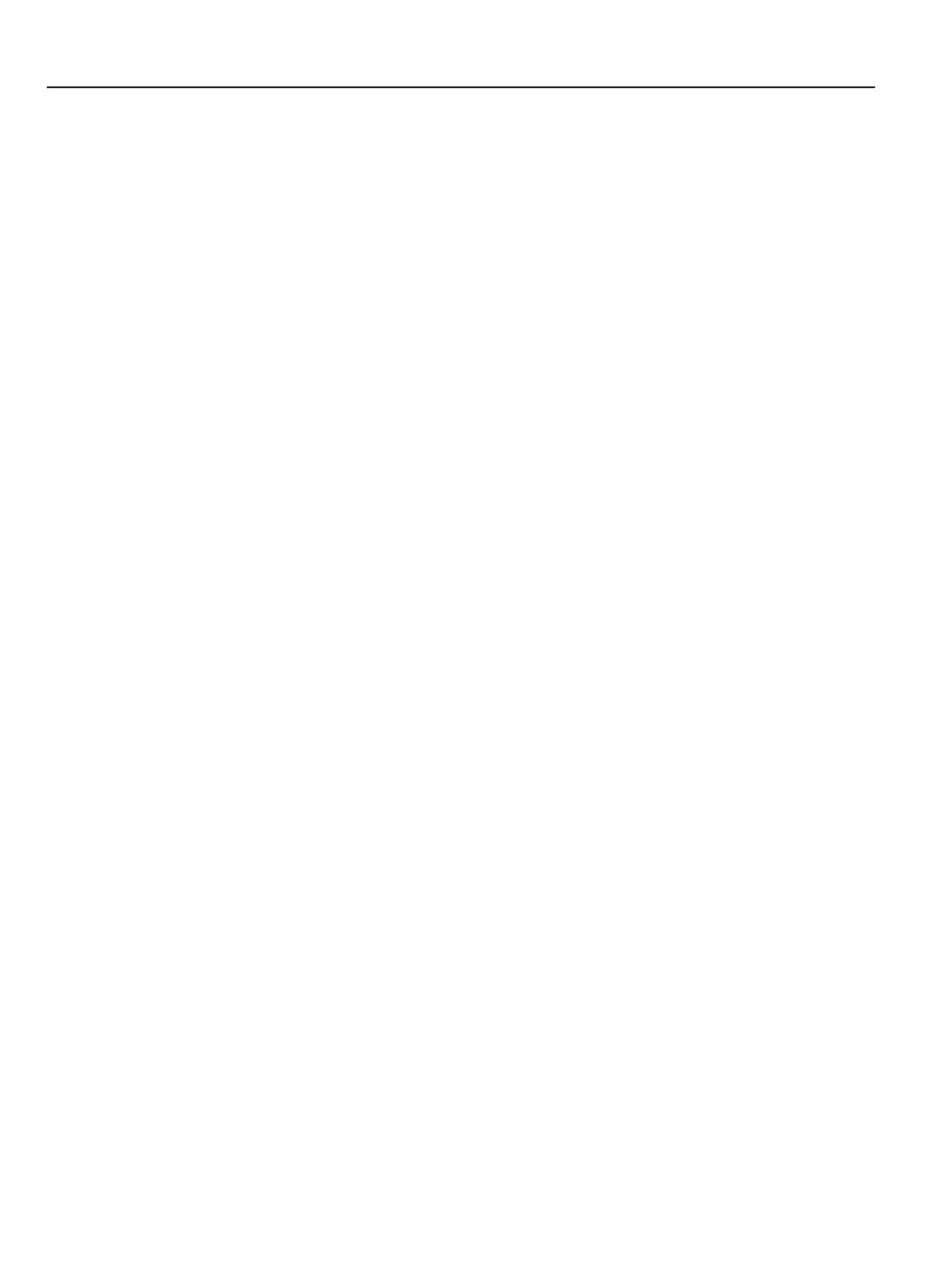
CRIMINAL LAWAND PROCEDURE
322
Pentazocine (9709).
(g) The board may except by rule any com-
pound, mixture, or preparation containing any
depressant substance listed in subsection (b), (c),
(d), (e), or (f) from the application of any part of
this article if the compound, mixture, or prepara-
tion contains one (1) or more active medicinal
ingredients not having a depressant effect on the
central nervous system, and if the admixtures are
included therein in combinations, quantity, pro-
portion, or concentration that vitiate the potential
for abuse of the substances which have a depres-
sant effect on the central nervous system.
35-48-2-11. Schedule V tests.
(a) The board shall recommend placement of
a substance in schedule V under this chapter if it
finds that:
(1) The substance has a low potential for
abuse relative to the controlled substances
listed in schedule IV under this chapter;
(2) The substance has currently accepted
medical use in treatment in the United
States; and
(3) The substance has limited physical
dependence or psychological dependence
liability relative to the controlled sub-
stances listed in schedule IV under this
chapter.
(b) The board may recommend placement of
a substance in schedule V under this chapter if it
finds that the substance is classified as a con-
trolled substance in schedule V under federal law.
35-48-2-12. Schedule V.
(a) The controlled substances listed in this
section are included in schedule V.
(b) Narcotic drugs containing nonnarcotic
active medicinal ingredients. Any compound,
mixture, or preparation containing any of the fol-
lowing narcotic drugs, or their salts calculated as
the free anhydrous base or alkaloid, in the fol-
lowing quantities, which shall include one (1) or
more nonnarcotic active medicinal ingredients in
sufficient proportion to confer upon the com-
pound, mixture, or preparation, valuable medic-
inal qualities other than those possessed by the
narcotic drug alone:
(1) Not more than 200 milligrams of
codeine per 100 milliliters or per 100
grams.
(2) Not more than 100 milligrams of dihy-
drocodeine per 100 milliliters or per 100
grams.
(3) Not more than 100 milligrams of eth-
ylmorphine per 100 milliliters or per 100
grams.
(4) Not more than 2.5 milligrams of diphe-
noxylate and not less than 25 micrograms
of atropine sulfate per dosage unit.
(5) Not more than 100 milligrams of
opium per 100 milliliters or per 100 grams.
(6) Not more than 0.5 milligrams of
difenoxin (9168), and not less than 25
micrograms of atropine sulfate per dosage
unit.
(c) Pregabalin (2782).
(d) Pyrovalerone (1485).
(e) Lacosamide [(R)-2-acetoamido-N-benzyl-
3-methoxy-propionamide].
35-48-2-14. Reclassification of controlled
substances.
(a) The board may adopt rules under IC 4-22-
2 to reclassify a controlled substance:
(1) From a more restrictive schedule to a
less restrictive schedule; or
(2) As a substance that is not a controlled
substance;
if the board finds that the substance qualifies for
reclassification under this chapter and that the
same reclassification has been made in a con-
trolled substance schedule under federal law.
(b) If the board reclassifies a controlled sub-
stance under subsection (a), the board shall rec-
ommend the same reclassification to the general
assembly under section 1 of this chapter.
(c) Notwithstanding a provision in this chap-
ter that classifies a controlled substance in a more
restrictive schedule than a rule adopted under
subsection (a), a person who manufactures, dis-
tributes, dispenses, possesses, or uses a controlled
substance in compliance with the requirements
applicable to the less restrictive schedule to which
a controlled substance is reclassified under sub-
section (a) does not commit an offense under this
article.
(d) Notwithstanding a provision in this chap-
ter that classifies a substance as a controlled sub-
stance, a person does not commit an offense under


